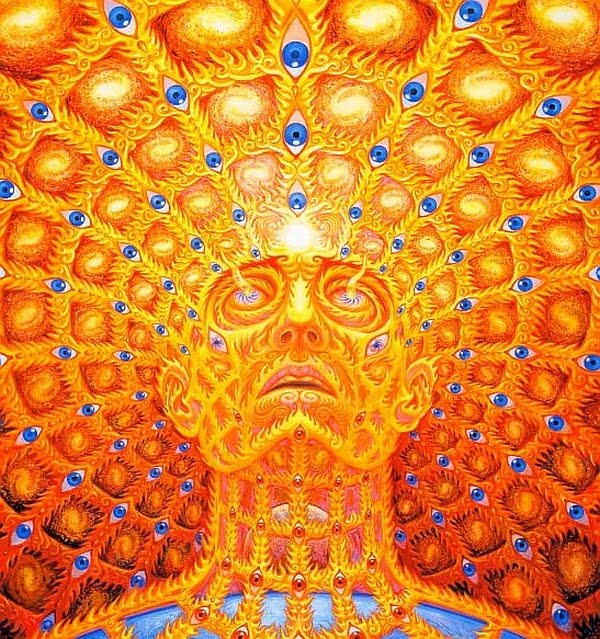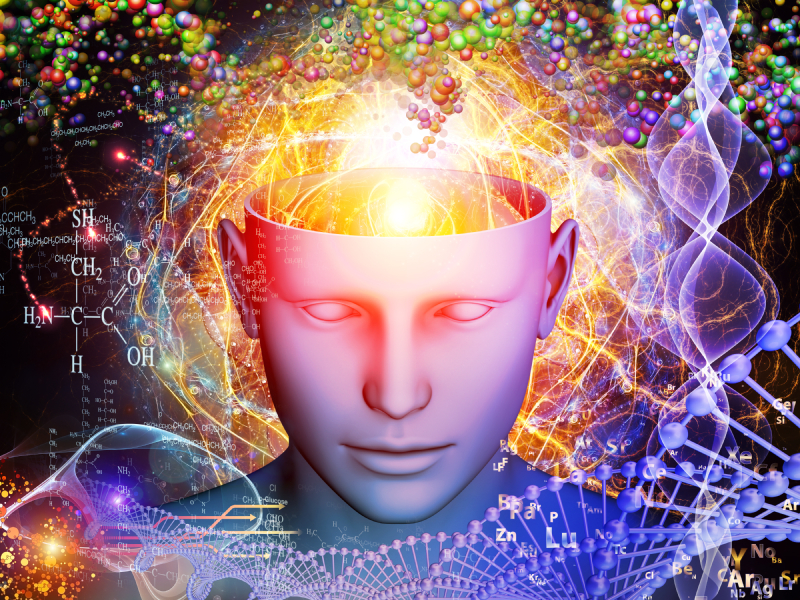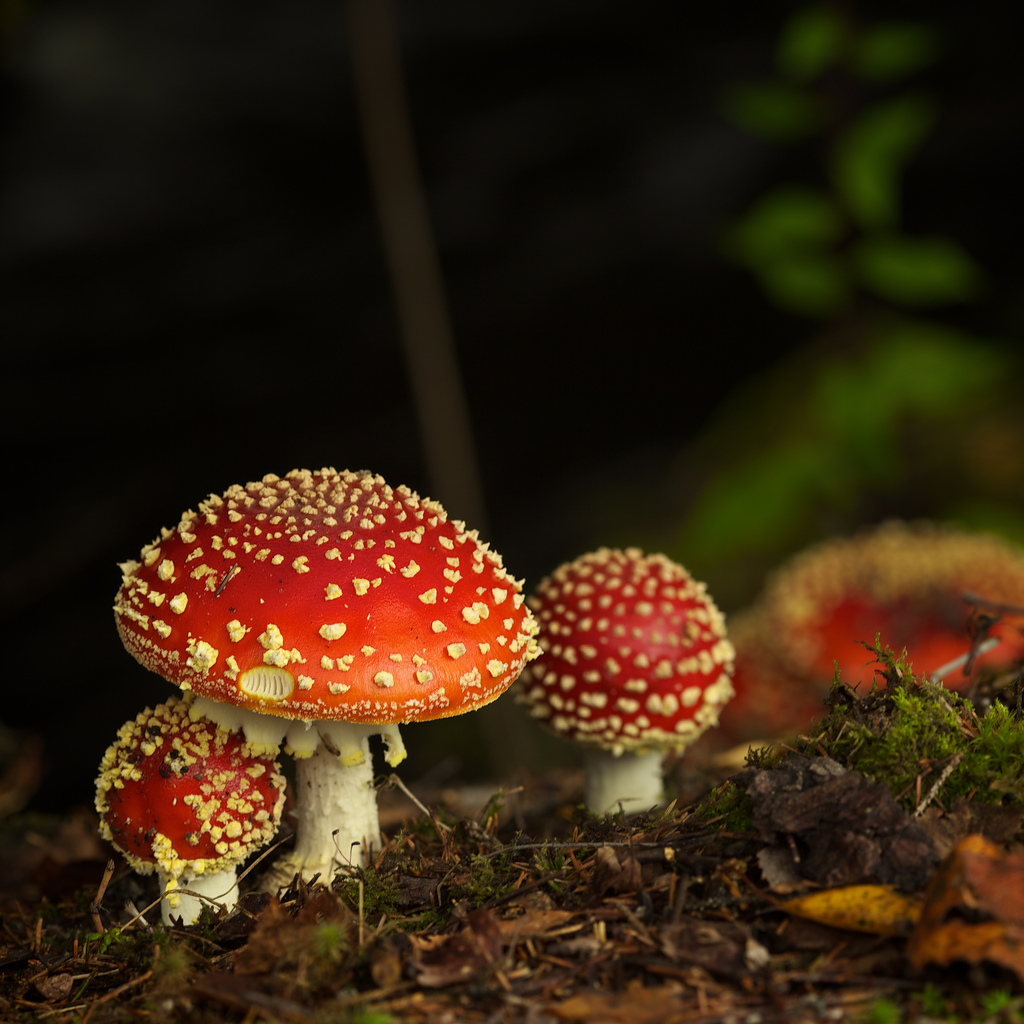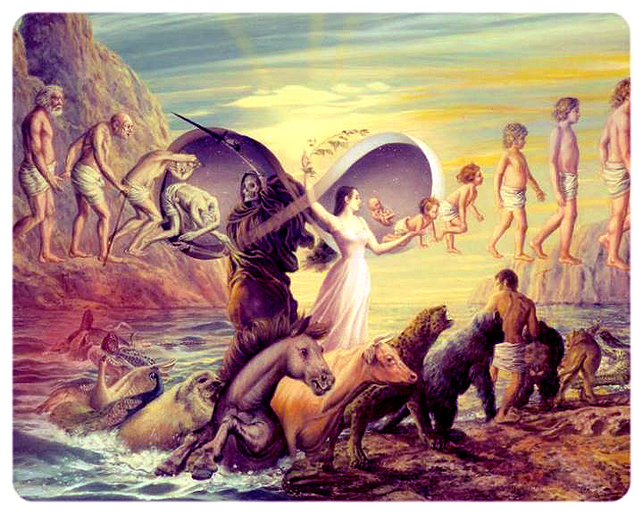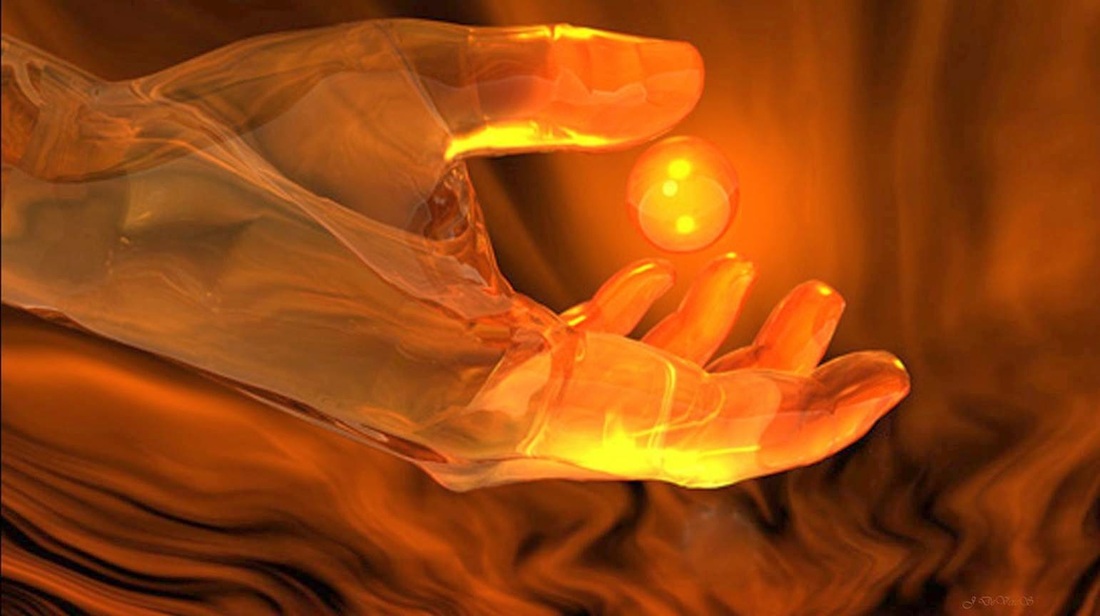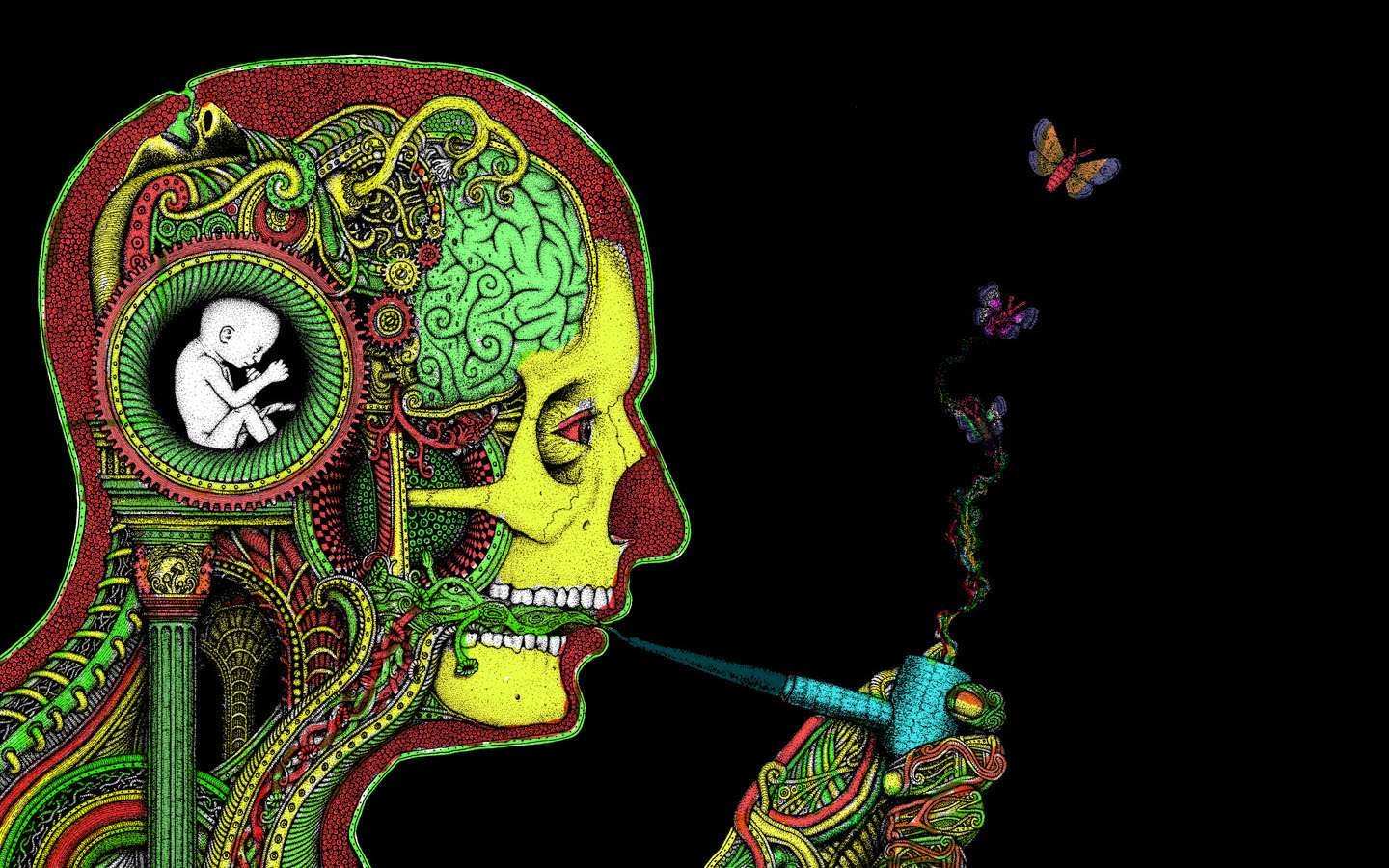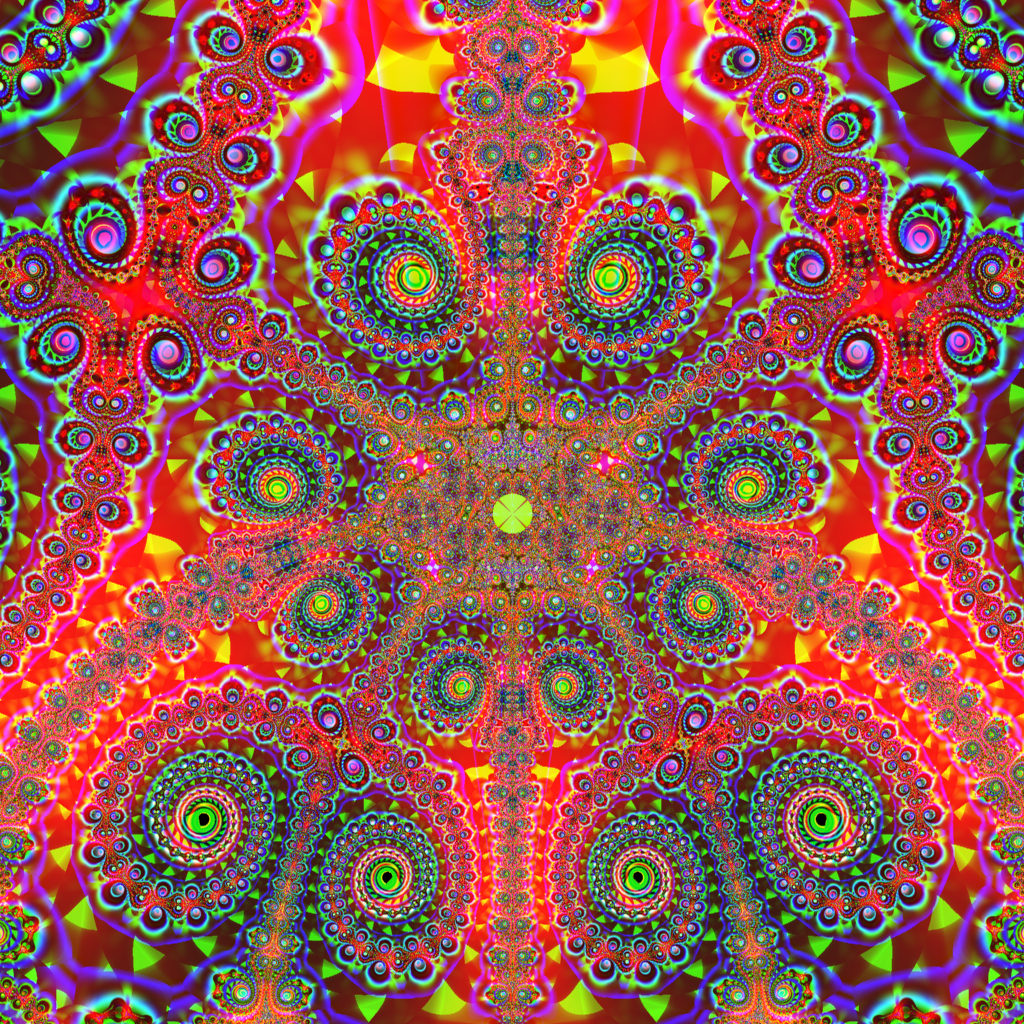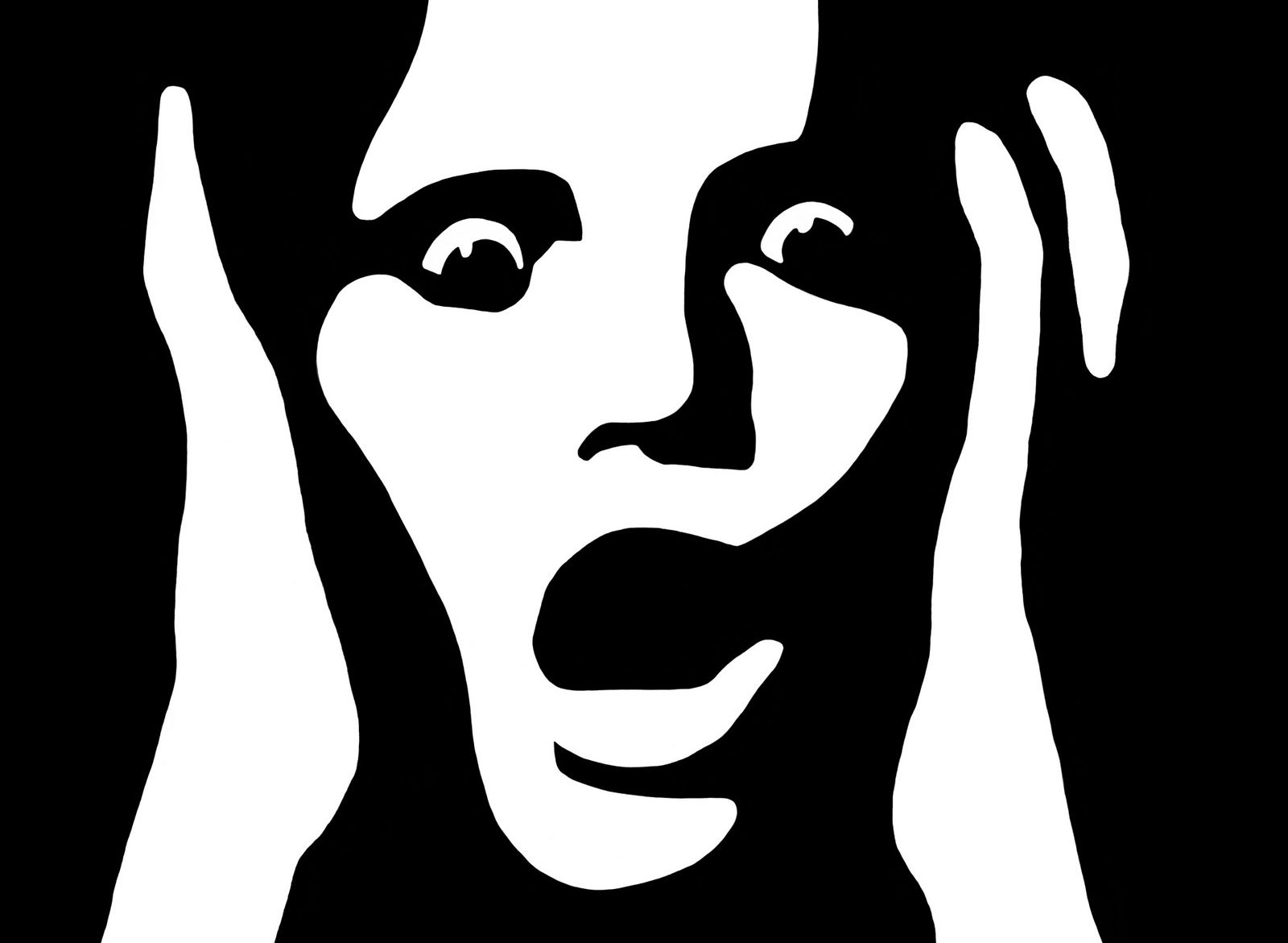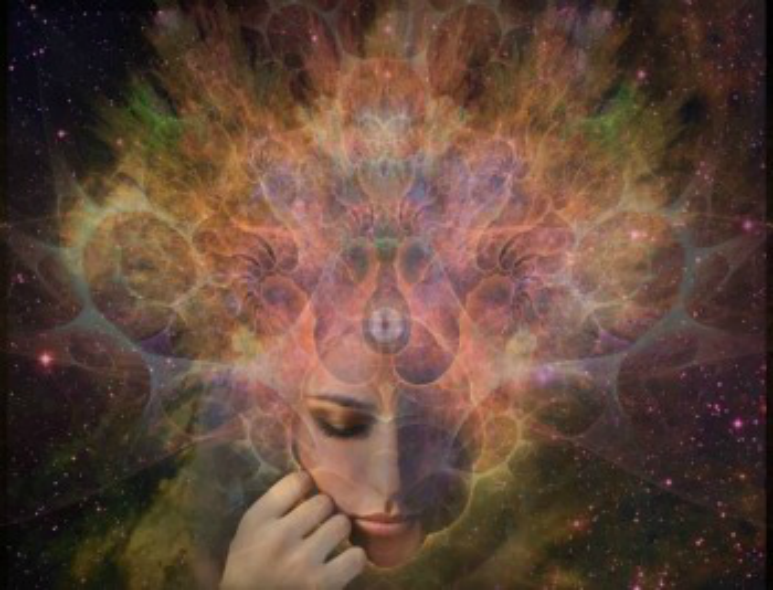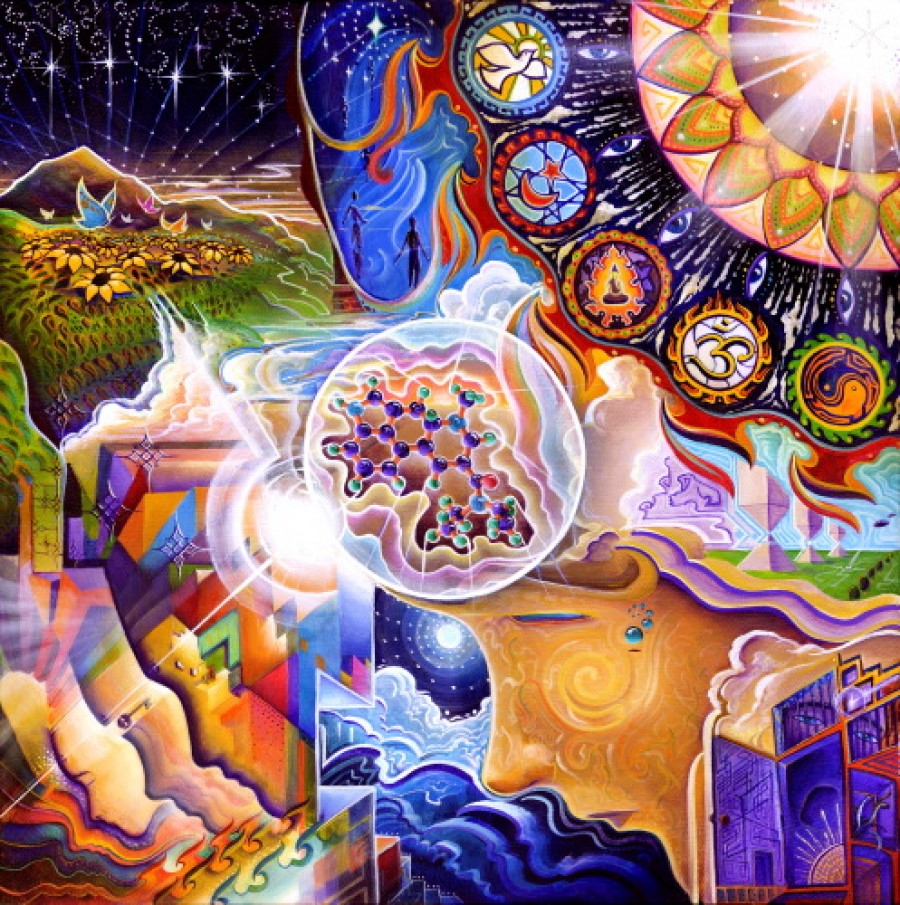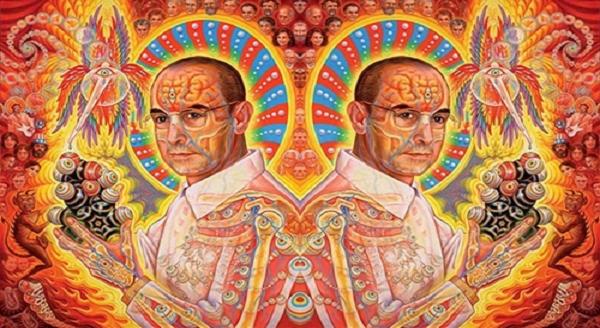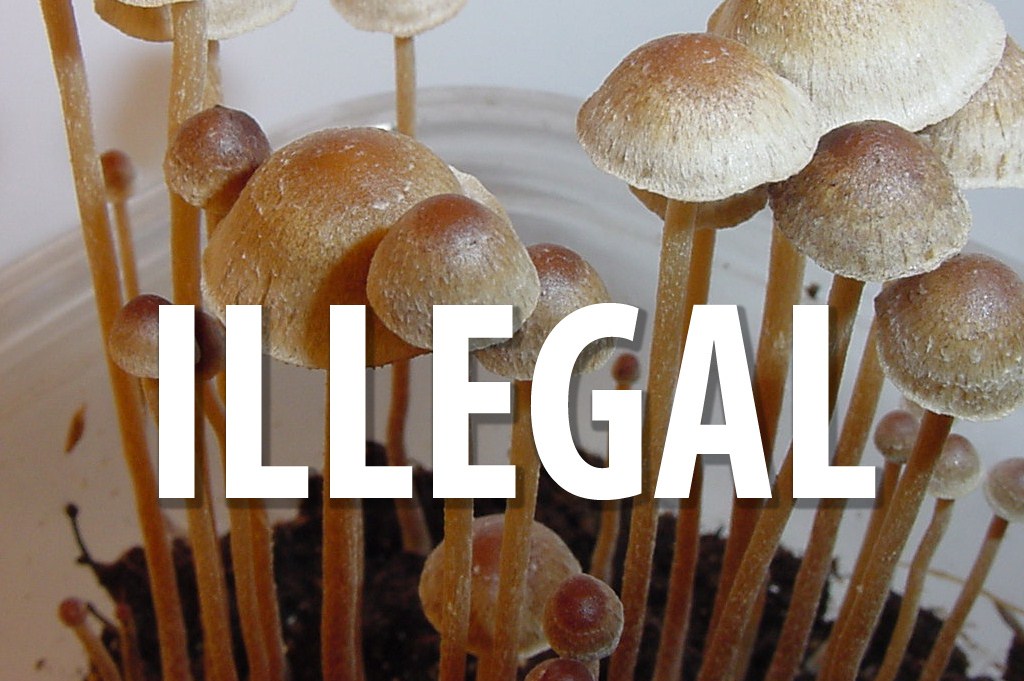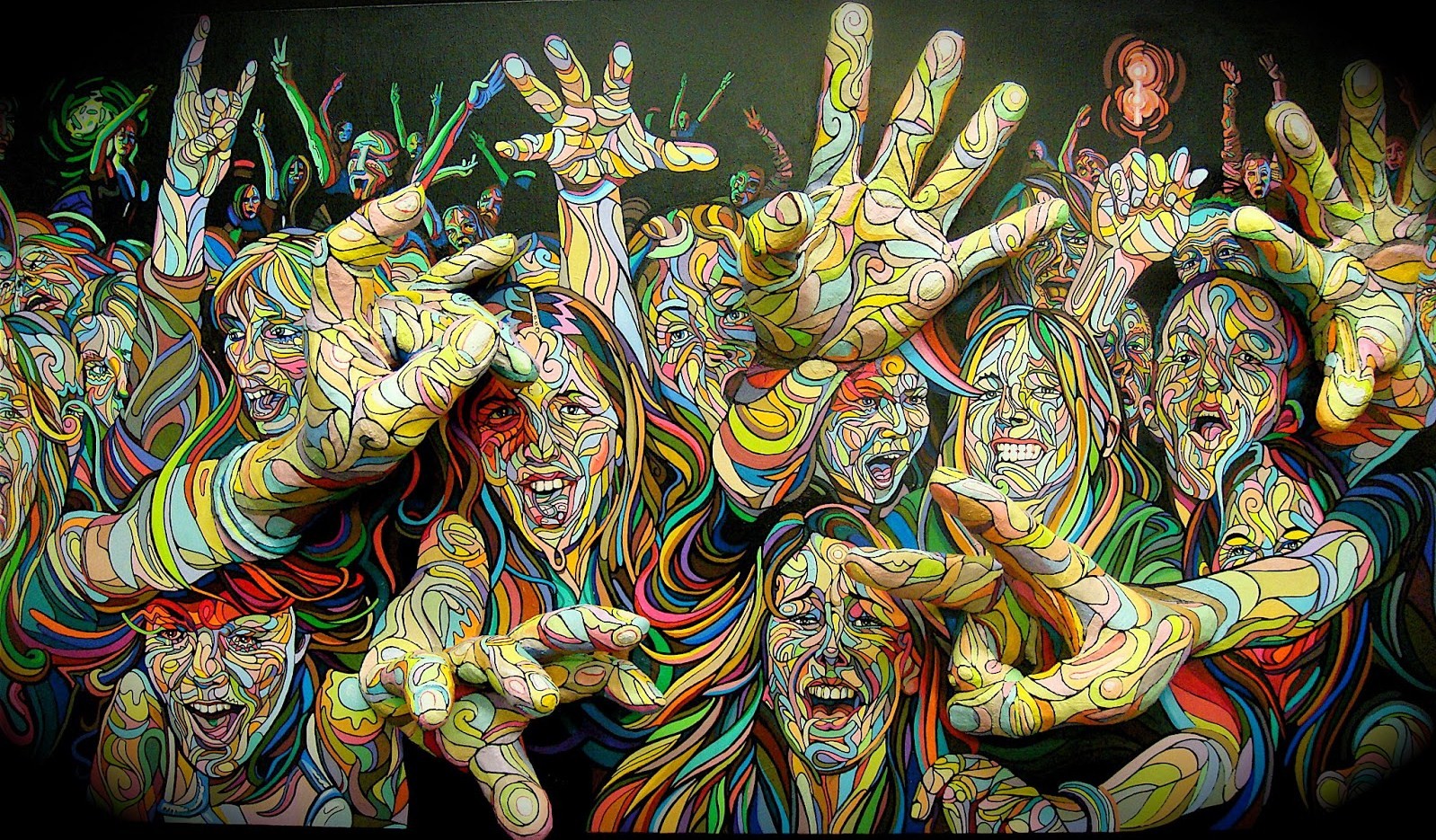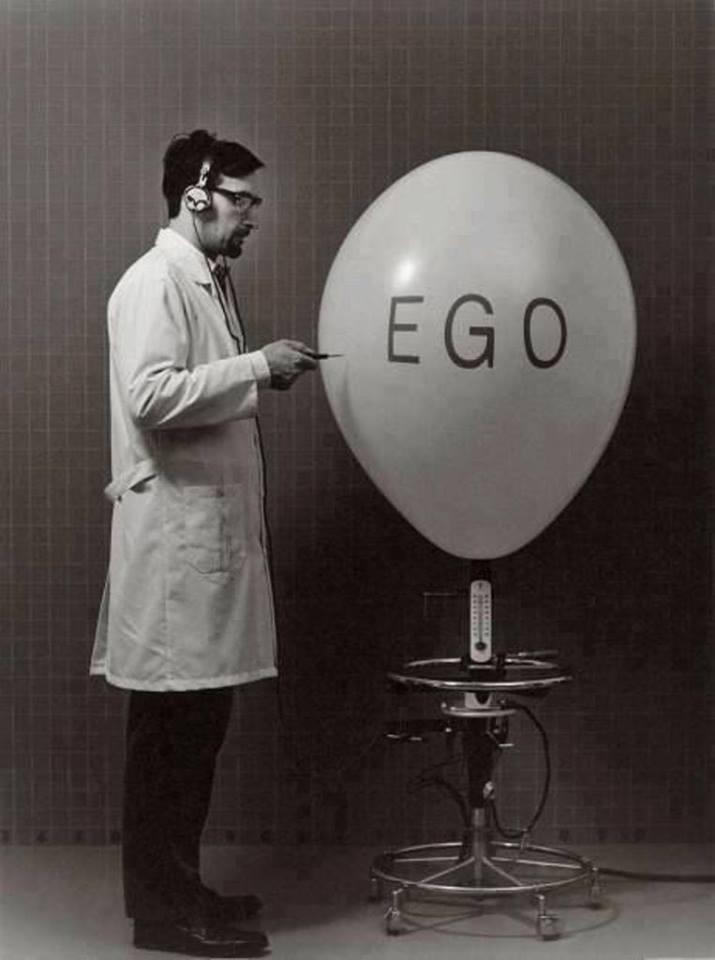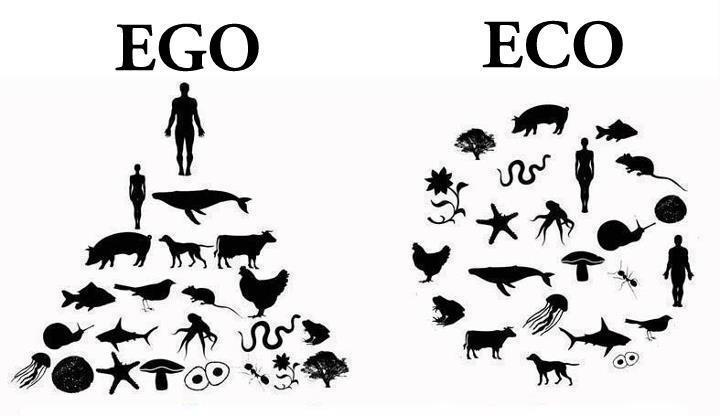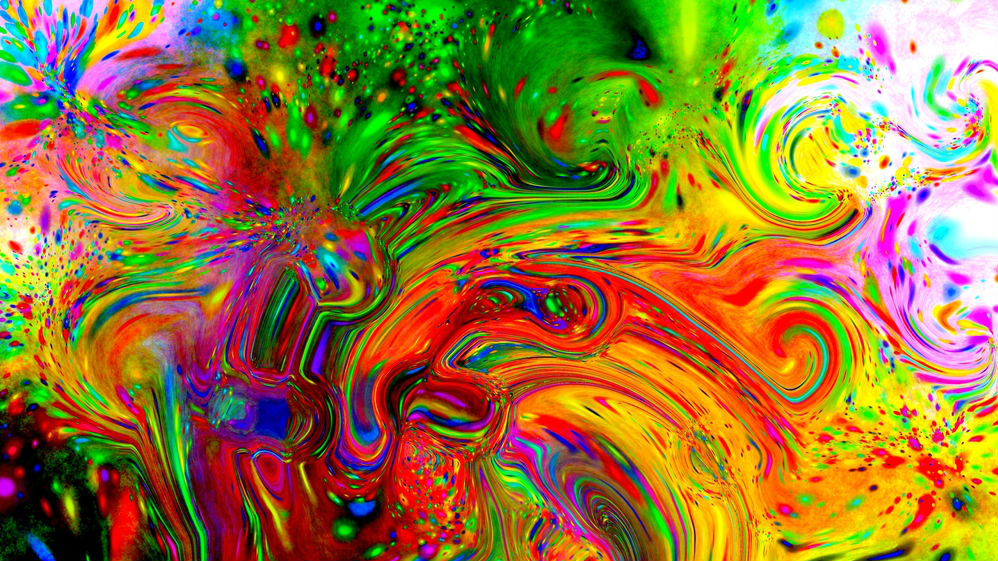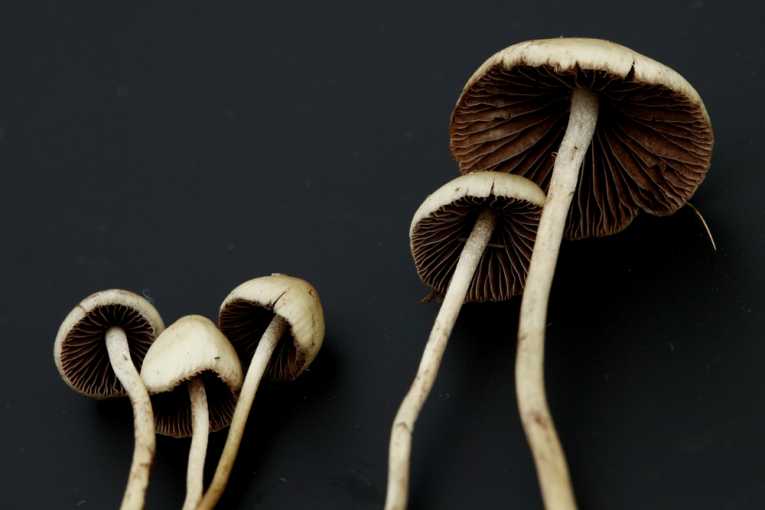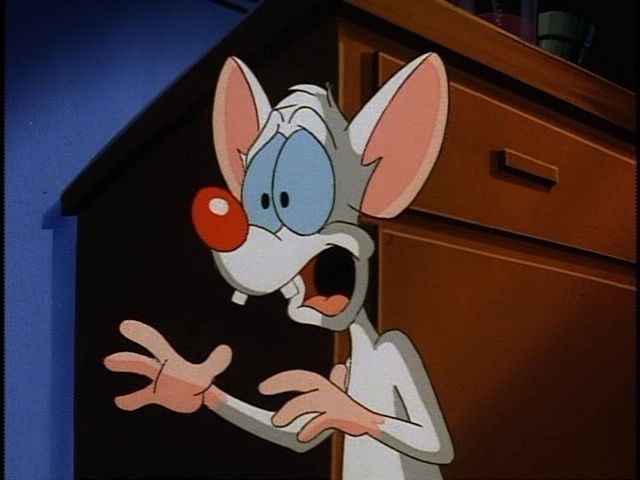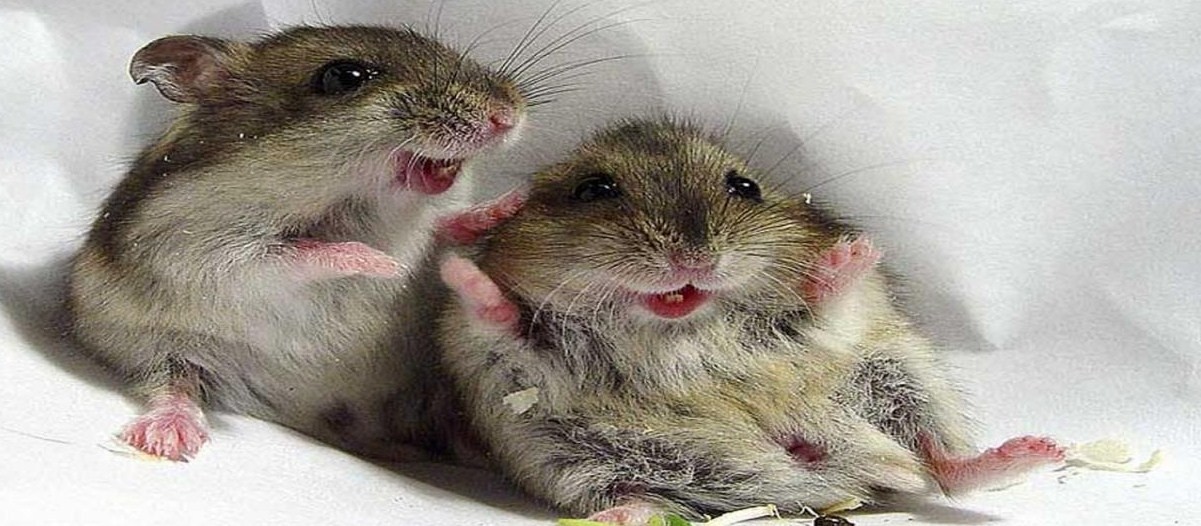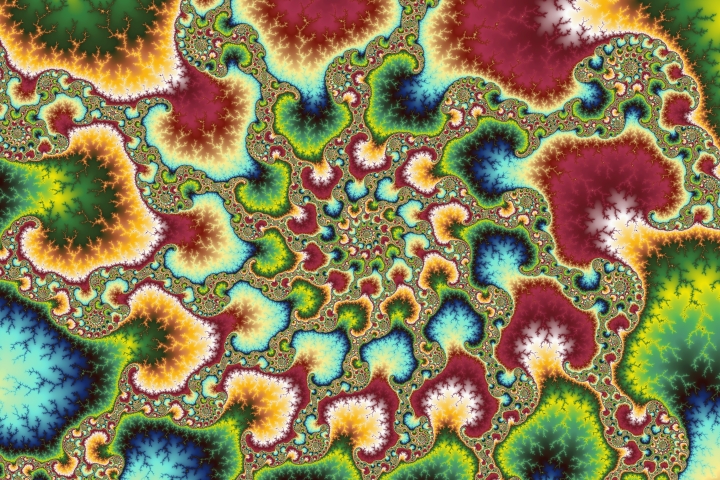The Psychedelic Experience is an artistic video with a powerfully positive psychedelic message. The evocative images are timely interwoven with Aubrey’s voice, a harmonic synthesis of passion.
Aubrey Marcus – The Warrior Poet – is a well-known psychonaut, who, much like Jason Silva, positively describes the psychedelic experience for it’s ability to heal and reveal us.
Full Transcript:
What is the psychedelic experience? Aldous Huxley believed it was the fundamental craving of the human spirit. A desire to turn off the survival biased filter of perception just for a moment… and catch a glimpse beyond the bars of our cognitive prison.
The psychedelic experience does not require drugs. Religious history and spiritual traditions are built upon these sublime moments. Messiahs hear the voice of God after a 40 day fast. Holy men, having isolated themselves in a cave, suddenly emerge with visionary truth.
But to indulge in a 40 day fast to reach this heightened state is like burning your house down to bake a loaf of bread. One hour in a salt-water isolation tank quiets the noise of sensation until awareness becomes the mirror that reveals you to yourself. A single session of holotropic breathing restricts our mental chatter long enough to plunge you into the zero-state of visionary Inspiration. Then there are the earth movers… The plant medicines at the core of many religious sacraments, which according to Graham Hancock were integral to inspiring the earliest known art in caves throughout Europe.
These plants are technologies. In a recent placebo controlled study completed by Johns Hopkins university 18 healthy adults were given Psilocybin, the active ingredient in ‘magic’ mushrooms. Fourteen months after participating in the study, 94% of those who received the drug said the experiment was one of their top five most positive experiences; 40% said it was the single most meaningful experience of their life.
Ayahuasca, long called the Master Medicine by the healers of the rainforest, offers an experience with the most visually powerful and mysterious of all molecules endogenous to life, DiMethyltryptamine.
Iboga, the root of an African shrub, confronts you with the voice of your own inner truth for 24 waking hours and is being used to treat Heroin addiction with relapse rates reported at a shockingly low 7%.
Why doesn’t the world embrace these technologies? Terrence Mckenna has an answer, “It takes courage to take psychedelics — real courage. Your stomach clenches, your palms grow damp, because you realise this is real — this is going to work. Not in 12 years, not in 20 years, but in an hour!”
What can the Psychedelic Experience be?
The cloth that wipes clean our lens of perception,
The compass that points true north to our life’s calling,
The lantern in the catacombs of our subconscious,
The sword stroke that unfetters the muse,
The sunlight that dispels the shadows of our past
Or simply a respite of eternity, in the fast flowing river of time.
I’ve been to the other side, stared unflinching into the eyes of my eternal soul and seen a matrix of a thousand possible destinies. I’ve witnessed the span of our current universe contained in an unceasing heartbeat, each world a single bloodcell and each contraction a new existence for life itself. I’ve learned of humility on the back of a dragon, felt the terminal extreme of heaven and hell in the marrow of my bones, died and been reborn anew. What will your psychedelic experience be?
Courage to you all.

